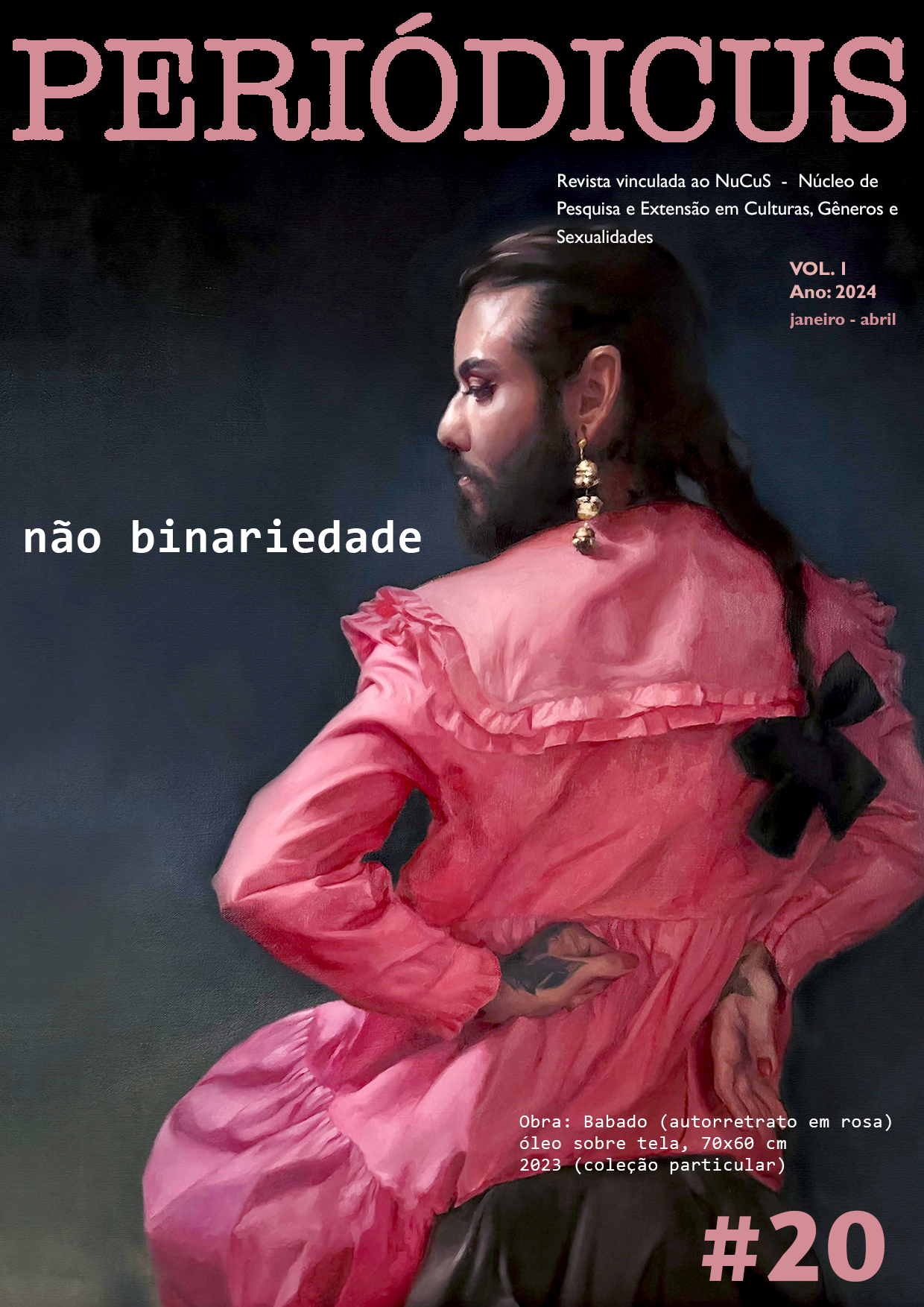Emergent non-binarity or projective binarity – an exploratory transdisciplinar study
DOI:
https://doi.org/10.9771/peri.v1i20.54652Abstract
In this work, we propose a transdisciplinary alliance to study, from a theoretical standpoint, the dynamics between sexuality and gender in the context of social interactions. Using a mathematical model inspired by the mathematical formulation of quantum mechanics, we establish the non-trivial role played by the cis-heteronormativity on the emergence and stabilization of non-binary gender identities and experiences. In other words, by enforcing only heterossexual relationships, there necessarily emerge dissident gender identities which ultimately destroy the gender binary. This paper puts forward a first step towards establishing a fruitful collaboration between gender and sexuality studies, mathematics, and anthropology.
Downloads
Downloads
Published
How to Cite
Issue
Section
License
Copyright (c) 2024 Gabrielle Martins, Silvana Nascimento

This work is licensed under a Creative Commons Attribution-NonCommercial 4.0 International License.
Autores que publicam nesta revista concordam com os seguintes termos:
Autores mantêm os direitos autorais e concedem à revista o direito de primeira publicação, com o trabalho simultaneamente licenciado sob Licença Creative Commons Attribution Noncommercial que permite o compartilhamento do trabalho com reconhecimento da autoria e publicação inicial nesta revista, sendo vedado o uso com fins comerciais.
Autores têm autorização para assumir contratos adicionais separadamente, para distribuição não-exclusiva da versão do trabalho publicada nesta revista (ex.: publicar em repositório institucional ou como capítulo de livro), com reconhecimento de autoria e publicação inicial nesta revista.
Autores têm permissão e são estimulados a publicar e distribuir seu trabalho online (ex.: em repositórios institucionais ou na sua página pessoal) a qualquer ponto antes ou durante o processo editorial, já que isso pode gerar alterações produtivas, bem como aumentar o impacto e a citação do trabalho publicado (Veja O Efeito do Acesso Livre).







